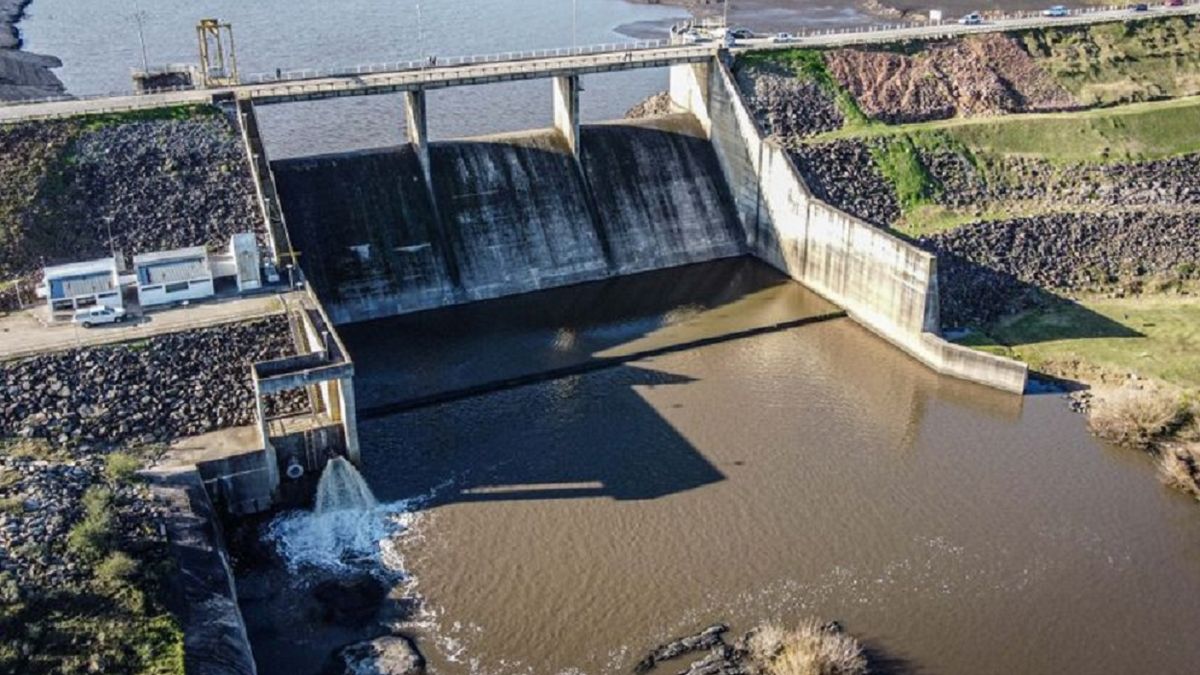The money will be allocated to water infrastructure works that improve the conditions of provision of drinking water services throughout the country.
fonplata will grant a loan for 60 million dollars to Uruguay to improve the conditions of provision of the drinking water service throughout the country and, thus, mitigate the still lasting effects of the water crisis; as well as prevent future emergency situations before extreme weather events.
The content you want to access is exclusive to subscribers.
This was officially communicated by the agency, while the country still feels the remnants of the worst moment of the water crisisin which the metropolitan area was just a few days away from running out of drinkable water.


The project foresees investments in infrastructure, equipment, supplies and supplies; and the financing will be given in two stages: the first, for 40 million dollars, and the second for another 20 million more, to complete the total amount.
As explained fonplata —the development bank made up of Argentina, Bolivia, Brazil, Paraguay and Uruguay, which has already financed several infrastructure works in the country—, the proposed program will contribute to the fulfillment of the Sustainable Development Goals (SDGs) for 2030particularly with SDG-6, Clean Water and Sanitation, where the planned actions will allow an improvement in the access and quality of drinking water and SDG-13, Climate Action, since the investments are aimed at providing greater capacity to the system of Potable water supply in Uruguay.
Meanwhile, the country’s water situation is not expected to normalize before the end of 2023, because the rains have not been enough to reverse the effects of the water crisisand the meteorological forecast regarding rainfall is not encouraging either.
20,000 liters of water in San José
Despite the negative forecasts, the emergency works to alleviate the water crisis continue to advance. In this sense, the transfer of fresh water from the dam of the san jose river up to the zone of running waters, in it Santa Lucia River, within the framework of a work that was built “in record time” and can represent “a Severine Pass additional”, as they considered from SBI.
The agency pointed out that the pipeline allows to carry 200,000 cubic meters per day of fresh raw water from the basin of the san jose river to the Santa Lucia River and the new reservoir between the new dam of Belastiqui Pass and the catchment dam Current Water Plant, within the framework of the works to alleviate the water crisis Which affects Montevideo and surroundings.
This flow represents one third of the annual average daily flow of the Aguas Corrientes plant, as specified from SBI, while they indicated that the work “was built in record time” and assured that it is “the second in magnitude of collection, conduction and supply of raw water in the country, after Aguas Corrientes”.
Source: Ambito




